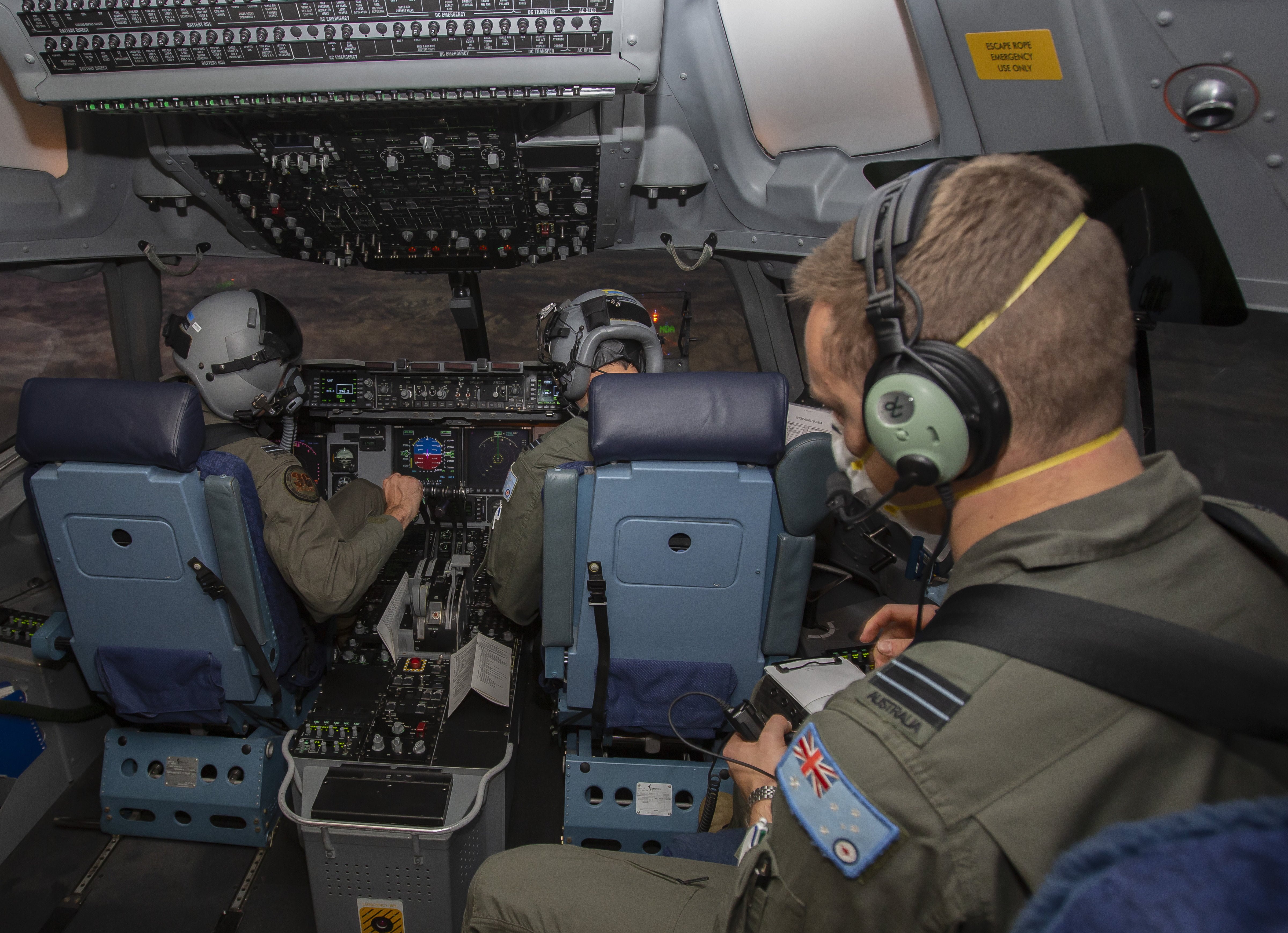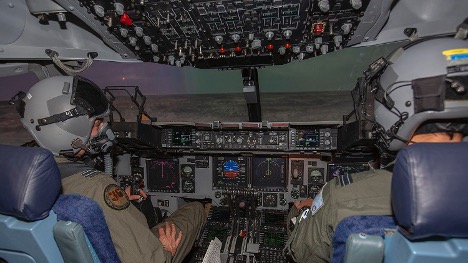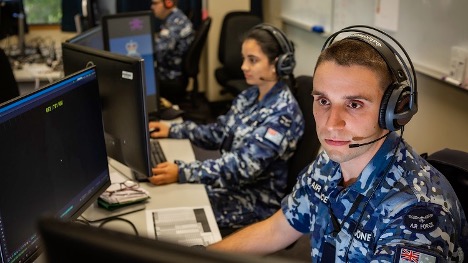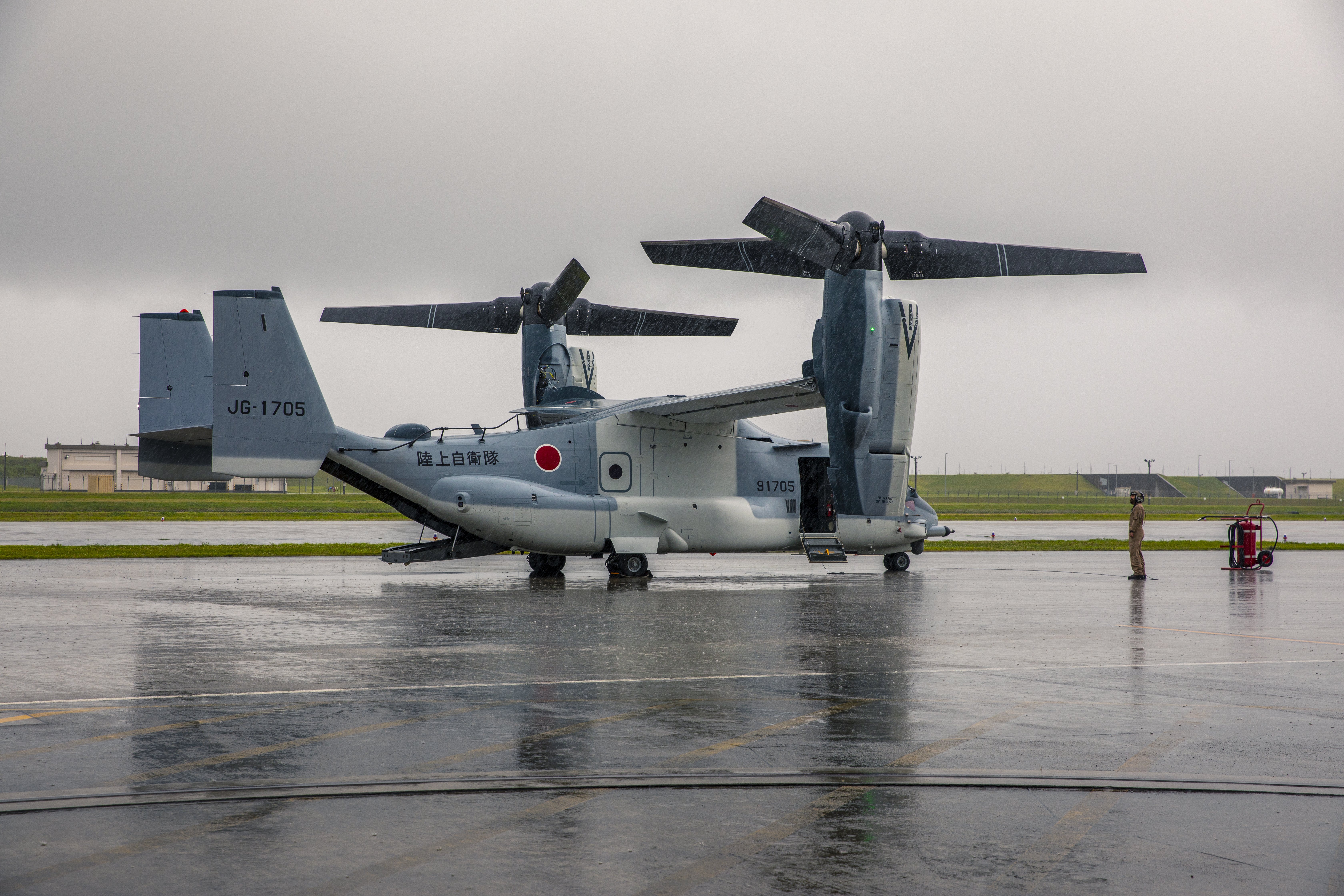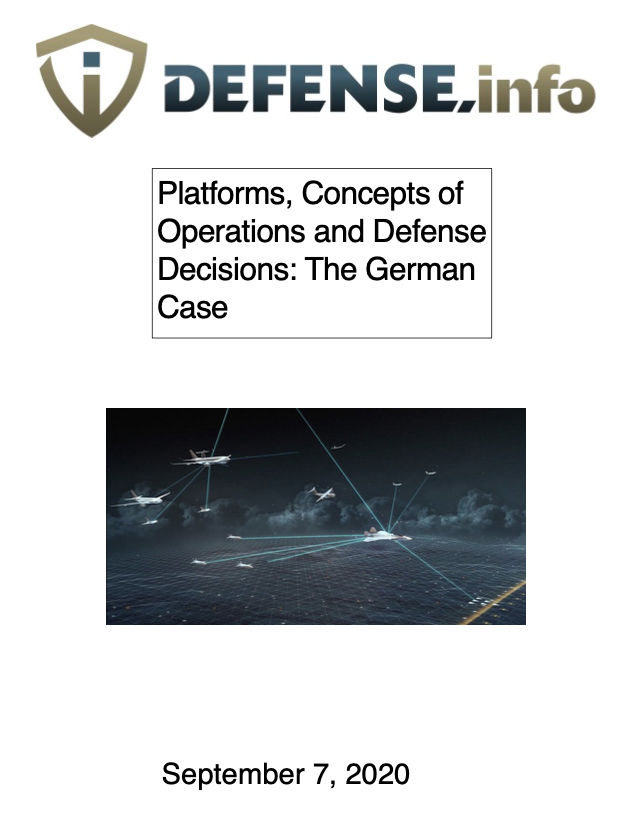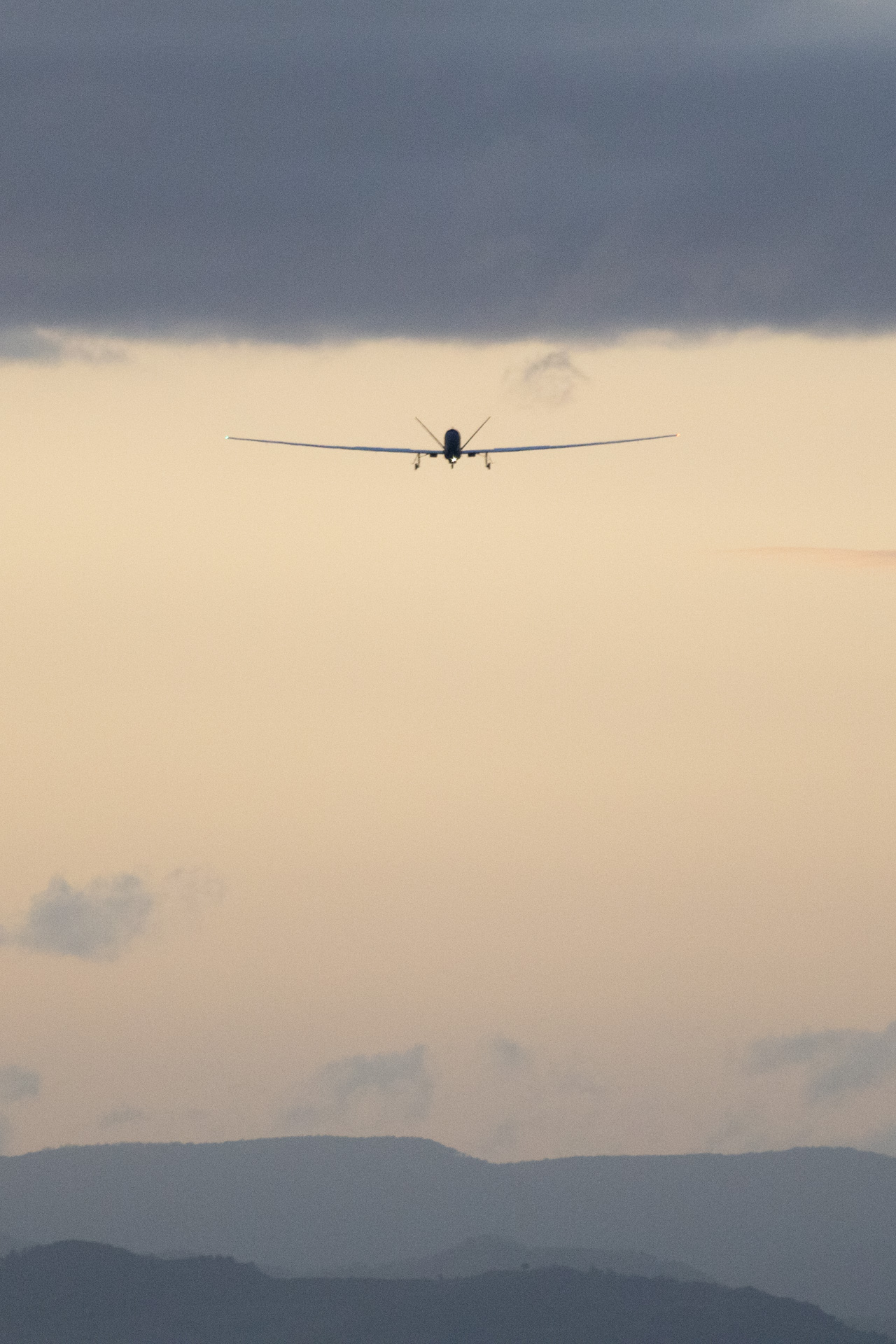By Robbin Laird
The Germans had a clear opportunity to acquire F-35s as their Tornado replacement aircraft and chose not to do so.
Unlike other Tornado users, namely, Britain and Italy, the F-35 was put aside in favor of a new Eurofighter replacement option known as the Future Combat Air System.
This created a gap on the nuclear mission side of the ledger, because Tornado is the aircraft currently configured to execute Germany’s nuclear mission.
I will deal with that platform replacement option in the next article in this series.
Virtually all of the press has focused on the new combat aircraft to replace the French Rafale, and the German Eurofighter.
The Merkel government has gone out of its way to emphasize the importance of this program and solidarity with France in pursuing the program.
Whatever this new combat aircraft will be when it flies later in the decade, the approach signed on to by the German government is much more ambitious than that of a new combat aircraft: it is about building the networked force, while the United States and a number of allies are now pursuing a kill web enabled integrated distributed force.
Airbus Defence and Space has a major role in the Future Combat Air System or FCAS, precisely revolving around working the integrated, networked air combat force and the ability to work manned and unmanned aircraft in coordinated operations.
For example, in an interview which I did during the International Fighter Conference held in Berlin in November 2019 with Bruno Fichefeux, Head of FCAS for Airbus Defence and Space:
“He argued that there were two ways in which Airbus Defence and Space was addressing the opportunities within and eternal to the FCAS program.
“First, for each of its key platforms such as tanker and A400M, they were shaping road maps for the development of the platforms which highlighted ways to enhance their capabilities within an integrated and connected battlespace.
“Second, they are shaping technology streams which are designed to deal with the different challenges within manned-unmanned teaming.”
This is an interesting approach but the networks will not be built de novo.
They will leverage current and evolving networks, plus building new wave forms.
Certainly platforms, wave forms and networks are not the same thing, so that any build out of force capabilities by the FCAS partners will have to work with the platforms they have, or they will buy, or they will develop.
And because the kill web networks being built are platform agnostic, the focus of FCAS surely cannot be to exclude non-French or non-German platforms that they might buy, or the need to deal with the platforms entering or operating in Europe, which are not simply built by the French and the Germans.
With the launch of the first phase of FCAS, the German and French governments indicated that Airbus will work with Thales on shaping a combat cloud capability for the FCAS system, but funded at a very restricted level.
As Pierre Tran noted in an article published earlier this year:
Thales welcomed the French and German launch of a technology demonstrator for a Future Combat Air System, with the electronics company winning a key role, Patrice Caine, chairman and chief executive, said Feb. 26, 2020.
Thales will partner with prime contractor Airbus on work on the “combat cloud,” one of the five key work areas on FCAS, he told a news conference on 2019 financial results.
Launch of the demonstrator program was “great news for Europe,” he said.
“This is a great agreement… with a significant role” for Thales.
The combat cloud is intended to provide an extensive network of communications and command to link up a next generation fighter, remote carrier drones, and other elements in the combat air system.
An initial budget of €14.5 million ($16 million) has been set for work on that combat cloud, news agency AFP reported, specialist publication Journal de l’Aviation said Feb. 20.
Some €91 million has been earmarked for initial work on the new fighter jet, led by Dassault Aviation as prime contractor and Airbus as partner.
Studies for a new fighter engine, led by prime contractor Safran and its partner MTU, will receive an initial €18 million.
Prime contractor Airbus and partner MBDA will receive an initial €19.5 million for work on remote carriers, which are intended to penetrate enemy air defense in the first wave and support manned fighter jets.
Some €6 million is earmarked for overall management and simulation. Funding of €4 billion to 2025 is expected, with a total of €8 billion by 2030, AFP reported.
As I noted in an article on the key question of how the FCAS combat cloud will fit into a world of a fifth generation enabled combat force, and the spread of 5G technologies, I underscored: “while all the analyses of the FCAS approach have focused on its launch or its feasibility in terms of the capability of France and Germany to actual build such a program, there is another key aspect: how will the FCAS combat cloud come to terms with the two 5s – fifth generation in the defense domain and 5G in the commercial domain.”
To an outside observer, this should mean that Airbus Defence and Space is keen to work manned-unmanned teaming, data integration, mission integration, and “combat cloud networking.”
This is exactly what the German sovereign SIGINT system ISIS built by Airbus to fly on the PEGASUS represents.
On PEGASUS, the Bundeswehr has invested significant funding under the SLWÜA program to mature Airbus Defence and Space unique SIGINT payload.
Specifically, Airbus has developed the ISIS-Airborne SIGINT Mission system along with it’s subcontractor Hensoldt; the ISIS-Ground C2 System and would provide support to the program in terms of modernization, training systems, flight line support equipment and engage in the combat learning process associated airborne remotely piloted software upgrades.
Airbus designed the ISIS system to integrate uniquely on a HALE platform such as Global Hawk or Triton.
The NATO SATURN wave form would be used to work the EW links from aircraft to the ISIS-G where mission payload operators would configure the EW Network with all EW C2 occurring in ISIS
In other words, rather than waiting for a decade from now, Airbus could have an operational system for the German government onboard an operating HALE system.
With the additional advantage of co-learning with the US Navy, Triton will be the US Navy’s mainstay SIGINT asset replacing the EP-3 and will be operated at Sigonella where AGS currently operates from.
Cross-learning is clearly available and this cross learning is crucial as Triton is shifting the Navy from a sortie generation ops mentality to a global orbital con-ops approach.
This clearly is a learning process for operators, network operations and data management with deliver to the right place at the right time to make the best decision.
If FCAS is to be more than briefing slides, combat learning in the near term needs to drive the networked enabled force. Operating PEGASUS with an Airbus payload provides precisely that.
When the decision on AGS was first modified, the concept was that there would be a variant of Global Hawk and a manned variant built around an A-321. The reasons for not building a manned variant of AGS still hold today; the remotely piloted options is a better one in terms of area wide surveillance, data generation and transmission to ground, air or surface platforms or data centers or ISR exploitation sites for rapid decision making.
Since the German government has committed itself to FCAS and manned-unmanned teaming in a cloud-based system is seen as part of that effort, the future is now in terms of down-selecting a cloud-based remotely piloted aircraft able to team with manned systems.
Choosing the Global 6000 provides less persistent coverage, and less radius of operations and reduced data collection.
It also is not moving you down the FCAS path.



